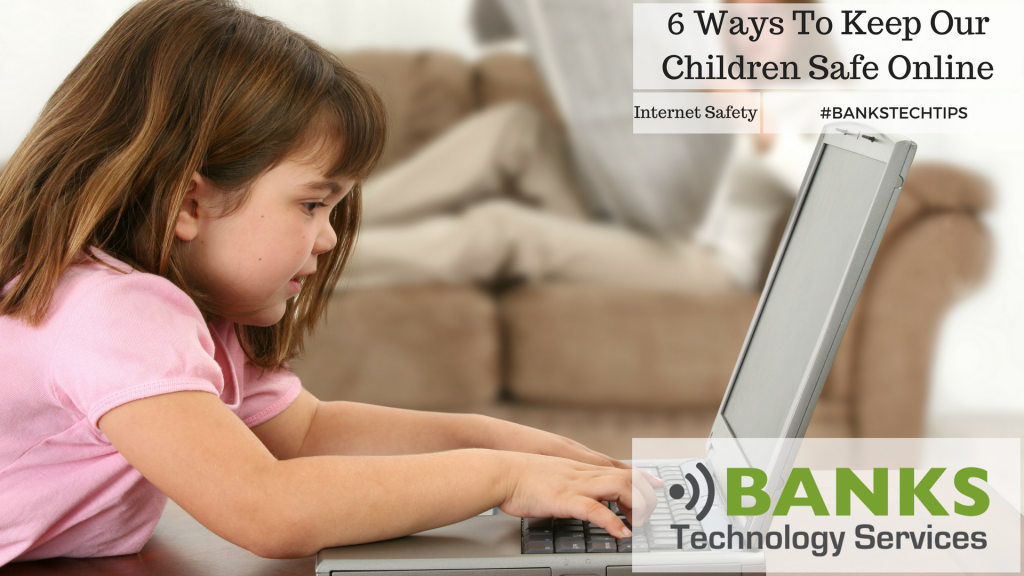It’s a jungle out there. Every parent has heard horror stories about the dangers of the internet. So, how do we keep children safe online? How do you balance the good and the bad of the internet and make sure your children stay safe. The internet can provide endless learning, exploration, and entertainment for your children. Unfortunately it can also lead to dark and dangerous places and situations for children. We have six tips that should prevent your children from finding themselves in unfortunate situations online. Like most things when it comes to our children, parental involvement is the most important factor.
1. Inform/Teach
Teaching your children what is safe and what is not safe online is the first and most important step. Your children need to know that if something they see online makes them uncomfortable or they are unsure, they should always bring it to your attention. Teach your children not to open email from people they don’t know. Teach them to only talk with their friends and family online, never talk to strangers.
2. Content Filtering
Any computer used by a child should have some form of Internet Filtering. There are many different programs that can be used, some more in depth than others. There are two main Content Filtering Techniques, Whitelisting and Blacklisting. Blacklisting is the most common and is used to block certain sites that are deemed inappropriate. The Blacklist is updated regularly and some even have social and artificial intelligence aspects that keep them up to date. The other method is Whitelisting, this method blocks all internet content except for content specifically allowed by the Whitelist. Whitelisting is a more effective method, but can be more difficult to setup. PC Magazine regularly updates and reviews Parental Control & Monitoring software. Use this list to find a filtering solution that works best for your family.
3. Computer Location
Computers with internet access should be centrally located in the house, not tucked away in a corner or in a child’s bedroom. When the computer is centrally located, you will have an easier time keeping an eye on things and being involved with your child’s internet usage. Choosing Where To Put The Family Computer is an important decision. However, with the rise in tablet and smart phone usage you also need some ground rules about when and where these devices can and cannot be used.
4. Be Involved
One of the best ways to keep children safe online is to be involved in your child’s internet usage. Ask questions about what they are doing, more importantly be a resource to answer questions they may have. If your child is curious about a topic, find appropriate resources for them and let them use that excitement for learning and development.
5. Set The Ground Rules
You need to establish ground rules for your children’s technology usage. Examples include Putting a Limit on Screen Time each day. Are your children allowed to use the internet when you are not around? Must they ask permission to go to certain websites, etc. This will vary based on your children’s ages and your core family values, but once established you should stick with these ground rules.
6. User Account Settings
Finally, make sure your children are using a Limited or Standard User Account on the computer. You can setup all kinds of filters and safeguards, but if your children have administrative access to the computer, they can likely disable or remove these safeguards. Keep yourself educated and up to date with current technology. Your job as a parent is to protect your children, this includes their online activities.
Conclusion
There is no technology solution that replaces parental involvement. The very best defenses can sometimes fall short or be bypassed by a clever child. Talk with your children about their online activity and stay involved. That is how we keep children safe online.


